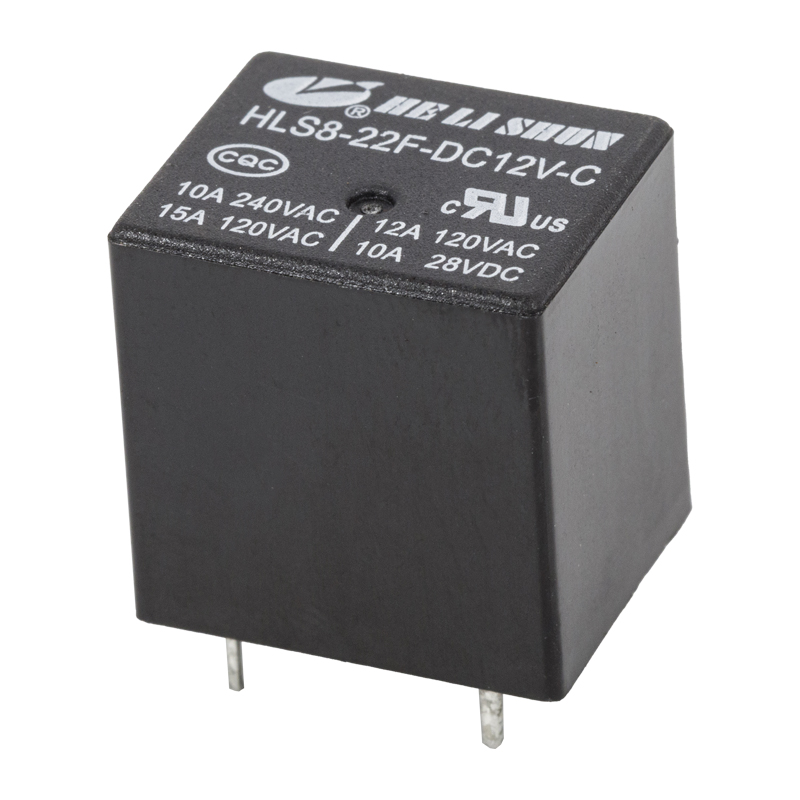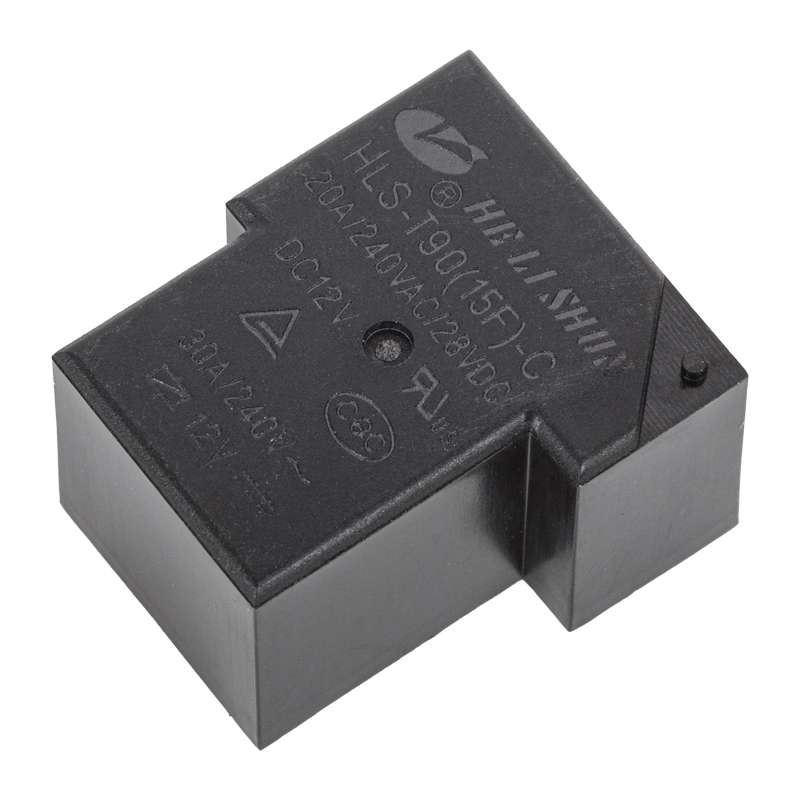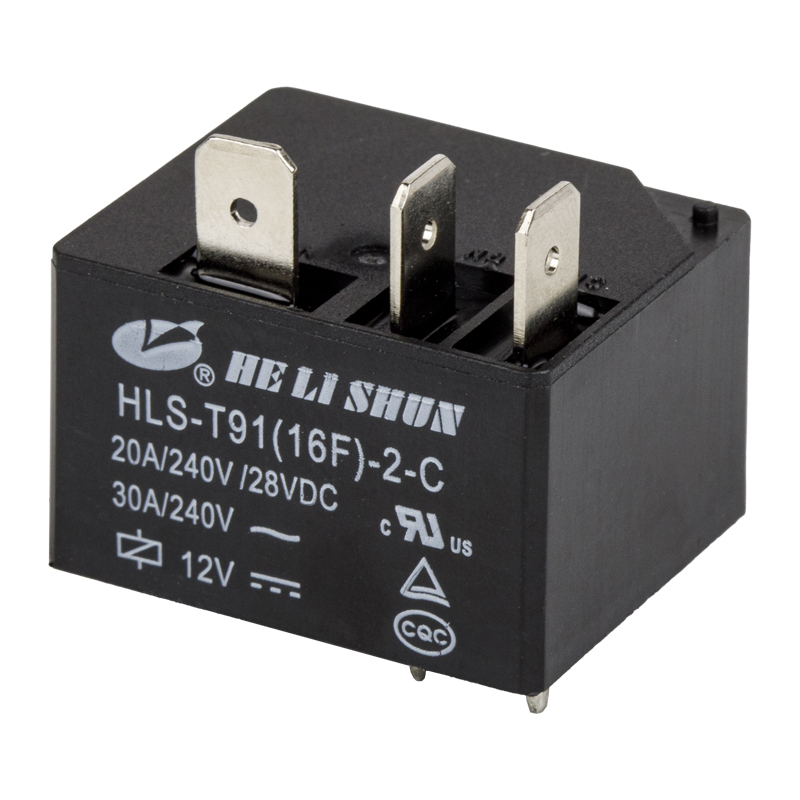When faced with the situation where an automotive relay needs to be used in an environment with humidity or temperature that exceeds the specified value, a series of detailed and thorough measures can be taken to ensure that it continues to work stably and efficiently. Use high-quality, corrosion-resistant materials to manufacture the relay housing and seals to ensure that the inside of the relay is protected from moisture intrusion. During the installation of the relay, use waterproof and moisture-proof sealants or gaskets to ensure that all interfaces and gaps are properly sealed. For relays exposed to the external environment, consider installing a waterproof cover or protective box to further isolate moisture.
Regularly check the integrity of the relay housing and seals, and replace aging or damaged parts in a timely manner. Clean the surface and terminals of the relay to remove possible dirt and corrosion, and maintain its good conductivity and insulation. In high humidity environments, regularly test the insulation resistance of the relay to ensure that it is within a safe range.
Install a dehumidifier or dehumidification bag in the relay installation area to reduce the ambient humidity. Use a desiccant or hygroscopic material, such as a silica gel desiccant bag, to absorb moisture in the environment. For particularly sensitive or important relays, you can consider using inert gases such as nitrogen for protection to prevent moisture intrusion.
Install heat sinks or fans around the relay to improve heat dissipation efficiency and reduce temperature. For high-power or high-heat relays, you can consider using advanced heat dissipation technologies such as liquid cooling or air cooling. Ensure that there is enough ventilation space in the relay installation area to avoid heat accumulation. According to actual needs, adjust the operating voltage and current of the relay appropriately to reduce its heat generation. For relays with large loads, you can consider using parallel or series connections to share the load and reduce the heat generation of a single relay.
When designing and manufacturing relays, choose high-temperature and corrosion-resistant materials such as ceramics and high-temperature alloys. Use advanced packaging technologies such as vacuum packaging and potting to improve the high-temperature resistance of relays. When designing automobiles, fully consider the use environment of the relay, such as the installation location, surrounding equipment, etc., and carry out targeted adaptive design. For extremely high temperature environments, you can consider using insulation materials or installing heat sinks to reduce the temperature around the relay.
Web Menu
Product Search
Exit Menu
news
Home / News / Industry News / If you need to use an automotive relay in an environment with humidity or temperature that exceeds the specified value, what measures can be taken to ensure that it works properly?
How Can We Help You ?
We reaffirm the high quality service of "high quality, low cost", "integrity builds character, dedication to create quality" as the company's pursuit!
+86-0574-88473018 Contact UsIf you need to use an automotive relay in an environment with humidity or temperature that exceeds the specified value, what measures can be taken to ensure that it works properly?
Posted by Admin | 08 Nov
PREV:Is this power relay suitable for applications that require high current carrying capacity?
NEXT:Will the insulation resistance value of the telecom relay at 500VDC affect its long-term reliability?
NEXT:Will the insulation resistance value of the telecom relay at 500VDC affect its long-term reliability?
Related Products
-
 Hehuaqiao,Yunlong,Yinzhou District,Ningbo,Zhejiang
Hehuaqiao,Yunlong,Yinzhou District,Ningbo,Zhejiang
-
 Tel:+86-0574-88473018
Tel:+86-0574-88473018
+ 86-0574-88344018 -
 Fax:+86-574-88345918
Fax:+86-574-88345918
-
 E-mail: sales@helishun.com
E-mail: sales@helishun.com
sales2@helishun.com
About us
Ningbo Helishun Electron Co.,Ltd. is founded in 2000, located at Ningbo City, the Grand East port on the coastline of the East Sea. We are OEM/ODM Electromagnetic Relays Manufacturers in China
Extra links
QR code
Copyright ? Ningbo Helishun Electron Co.,Ltd. All Rights Reserved. Electrical Relays Suppliers




 English
English 中文简体
中文简体











